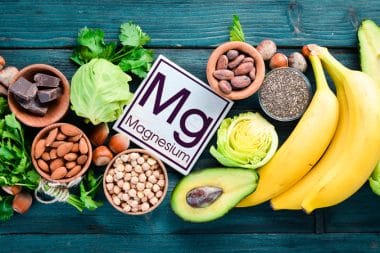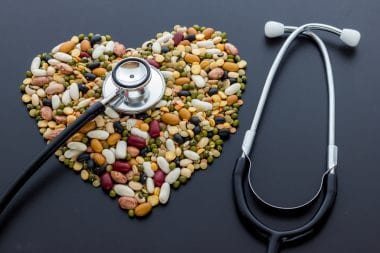Medicine and health are important subjects, but they’re also hard to understand sometimes. And staying abreast of the latest developments, sorting through information that floods in from every direction, can be harder still. Doctors constantly tell us the importance of a healthy diet, but what is considered healthy can change sometimes; and knowing how to transition into better eating becomes a game of gotcha. And one that doesn’t just affect how good we look at the beach; it can carry serious health effects.
There are some basic guidelines that can be followed when it comes to diet though. Calorie dense foods are generally the ones to be concerned with. Where possible, look to replace them with other, lighter, options. Foods that carry a high calorie density include oils and sugars, which are typically loaded into preprocessed foods, but also found in most of the sweet dessert options. Soda is also a common high density culprit, even though many of us guzzle it down without thinking.
Fats and salts are something else fairly simple to keep on watch for. Again, preprocessed foods are an easy warning sign; the manufacturers of these foods tend to be less concerned with limiting fat and salt than they are taste and profit. There’s a lot that goes into understanding a good diet, but some basic rules can take a lot of the guesswork out.
How do we tell good foods from bad ones when it comes to health? Start simple and get slim. #HealthStatus
Follow HealthStatus
Tweet Now
Key Points:
- 1For American’s desserts contribute up to 6.4 % of our total calories.
- 2Stay away from snack foods, sweets and soda.
- 3Watch out for the high level of salt in most lunch meat products.
See the original at: https://nutritionfacts.org/2018/02/15/what-are-the-best-and-worst-foods/








Reply